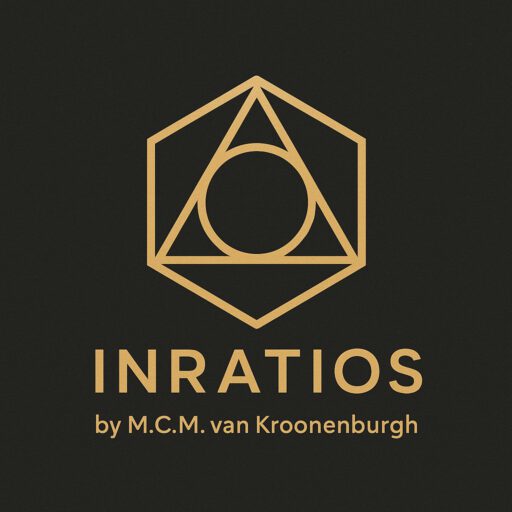Pixel Truth
How GRM Sees a Square – And Why That Changes Everything
The Illusion of Precision
In digital systems, the square is everywhere.
From bounding boxes in AI image recognition to layout grids in design software, we treat the square as the most stable, most trustworthy shape.
And why not?
It’s aligned to our screens. It fits our resolution. It snaps to the grid.
But here’s the truth: in pixel space, even a square is not always a square.
At least, not in the structural sense.
A 100×100 pixel block may look square,
but what it contains, how it’s interpreted, and what ratios it produces…
can reveal something entirely different.
That’s where the Geometric Ratio Model (GRM) comes in.
Not to redraw the square, but to redefine how we understand it.
Counting With Structure, Not Just Pixels
In GRM, the square is not just a shape. It’s a frame of reference.
It defines 1 SPU (Square Perimeter Unit), 1 SAU (Square Area Unit), and 1 SVU (Square Volume Unit).
It’s the anchor from which all proportion is measured.
And this matters, especially in pixel-based systems.
Let’s take an example:
Suppose a machine sees a shape with an area of 7,854 pixels, and it knows it’s inside a square of 10,000 pixels (e.g. 100×100).
A classical system might say:
“That’s a big circle.”
But GRM says:
“That’s 0.7854 SAU, a perfect circle.”
That’s not guesswork.
That’s proportion.
Now flip it around.
If the system measures 0.753 SAU, it can immediately say:
“Not a perfect circle. Slight deviation. Possibly elliptical.”
This kind of pixel-based ratio logic is what makes GRM so powerful:
It allows structure to be deduced, not just assumed.
It gives machines a language to interpret what they see, not just in pixels, but in meaning.
Why Pixels Alone Are Not Enough
Modern AI systems often rely on bounding boxes and segmentation masks to isolate shapes.
But these are just containers. They don’t know what’s inside.
Without a ratio-based model like GRM, they treat a filled region as an arbitrary blob.
There’s no built-in understanding of what the shape should be.
But with GRM, each pixel counts, in relation to the whole.
Suddenly, a filled shape becomes a measurable proportion.
Not 2,943 white pixels.
But 0.2943 SAU.
Which, in GRM logic, might correspond to a triangle fragment, a misaligned corner, or an occluded shape.
Now the AI doesn’t just “see white.”
It understands deviation.
Applications: From Bounding Boxes to Smart Frames
This idea unlocks a range of practical uses:
- AI image interpretation: bounding boxes become ratio validators, not just visual guides.
- Design tools: snapping systems can auto-suggest ideal proportions based on GRM templates.
- OCR and document analysis: pixel regions can be classified by structural occupation, not just shape heuristics.
- Compression and restoration: deviations from known GRM ratios can guide correction or interpolation.
The square becomes more than a container.
It becomes a validator of structure.
Seeing the Grid Differently
For decades, we’ve built digital systems on grids.
We’ve trusted the pixel.
But GRM invites us to rethink what we’re counting.
A shape isn’t just what’s inside the box.
It’s how it relates to the box.
And tomorrow, we’ll take that one step further,
by looking at what happens when the shape slips.
What if a form almost fits, but just misses?
What if deviation becomes the clue?
Up next: “Deviation Maps – Where the Shape Slips”
– How GRM treats difference not as error, but as direction.

